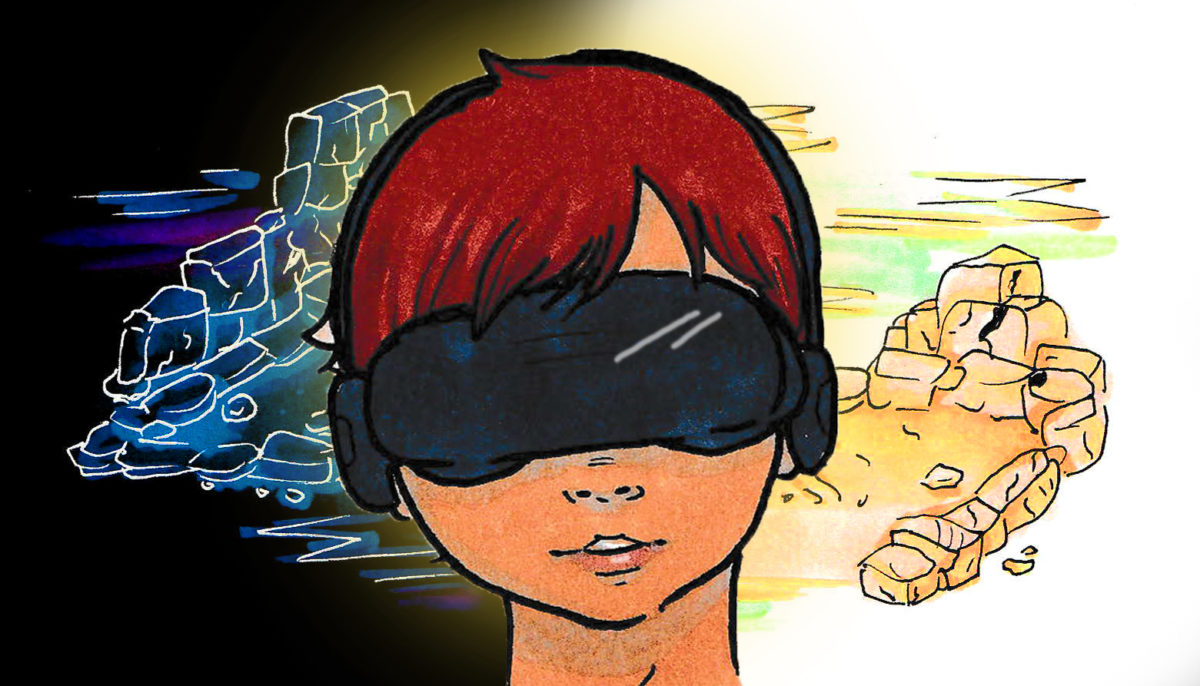
University of Victoria students can now use a virtual reality simulation to explore the archaeological sites Ilduro and Can Modolell, located near Barcelona, Spain. In UVic’s Greek and Roman Studies Department, some courses require students to complete exercises in virtual reality simulations.
“The students really like it,” said Alejandro Sinner, an assistant professor of Greek and Roman Studies. “It’s better than a PowerPoint, it’s better than me talking, it’s better than a book … So far the response is really positive.”
Sinner teaches three courses at UVic that have virtual reality components. He also leads an international archaeological field school in Spain, where 15 Canadian students go to excavation sites to get practical archaeological training. This new simulation combines both of those passions and increases the accessibility of the sites for students.
“You need to be able to spend six weeks of your time to go to Spain. You need to be able to afford it … there are several challenges,” said Sinner. “Not everybody sometimes can actually be physically capable of going to an archeological site that hasn’t been adapted.”
The Digital Scholarship Commons at UVic provides students with virtual reality technologies to visit a simulation of the excavation sites. The simulation allows students to see the excavation sites at different stages of excavation.
“Soon you will be able to see the site in 2016, but also in 2020, and 2018 — so you can actually walk the site at every single state,” says Sinner. “Whereas if you go to Spain, you only see the site in 2020, next year. It has a double side of teaching, but also is recording and preserving what has been excavated in the past.”
VR technology enables students to complete an exercise during the simulation. Students mark in the site different types of stratigraphic units, and once the activity is completed, Sinner corrects the students’ work.
Matt Huculak, the Digital Scholarship Librarian, explained that pictures are taken of the excavation sites, which are then used to create a 3D model that will be integrated into a virtual reality simulation. Students can use Oculus goggles to enter the simulation or watch on separate screens to observe what other students are doing.
“My goal is multi-user VR environments,” Huculak said. “Rather than sitting in the classroom in our seats looking at PowerPoint slides, we can go to the place. We can all be standing in that space together, learning in that space together.”
Sean McClenahan is a student from UVic who has been to the excavations and has used the VR simulation in Classical Archaeology, a Greek and Roman Studies class. McClenahan explained that he would have gotten more out of the VR simulation if he had gone to Spain first. That way, he could have worked on the sites in Spain and then experienced the sites at different stages using VR.
“[With] archaeology … you learn the theory behind it but you don’t really understand the theory that well until you do it,” said McClenahan.








